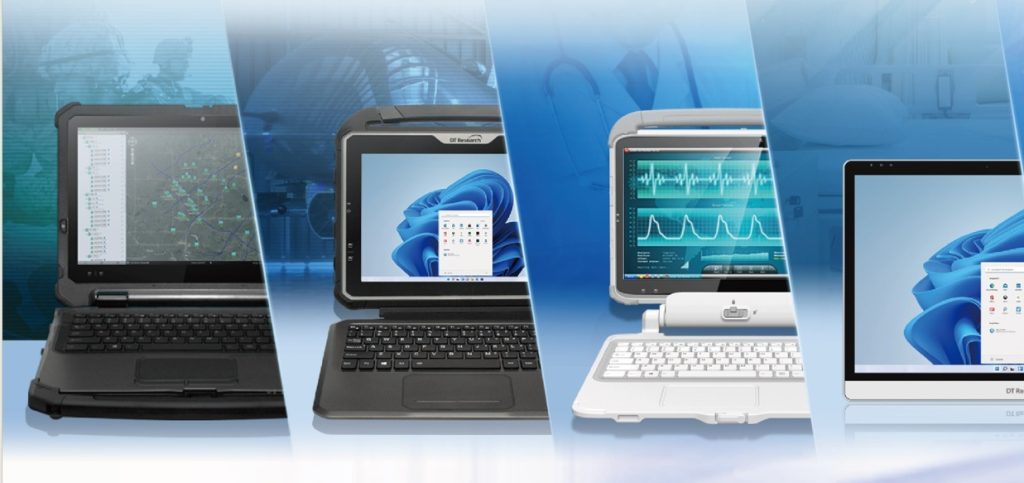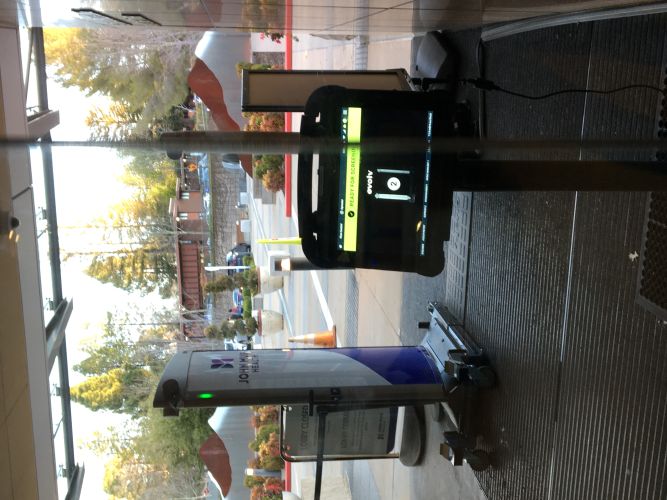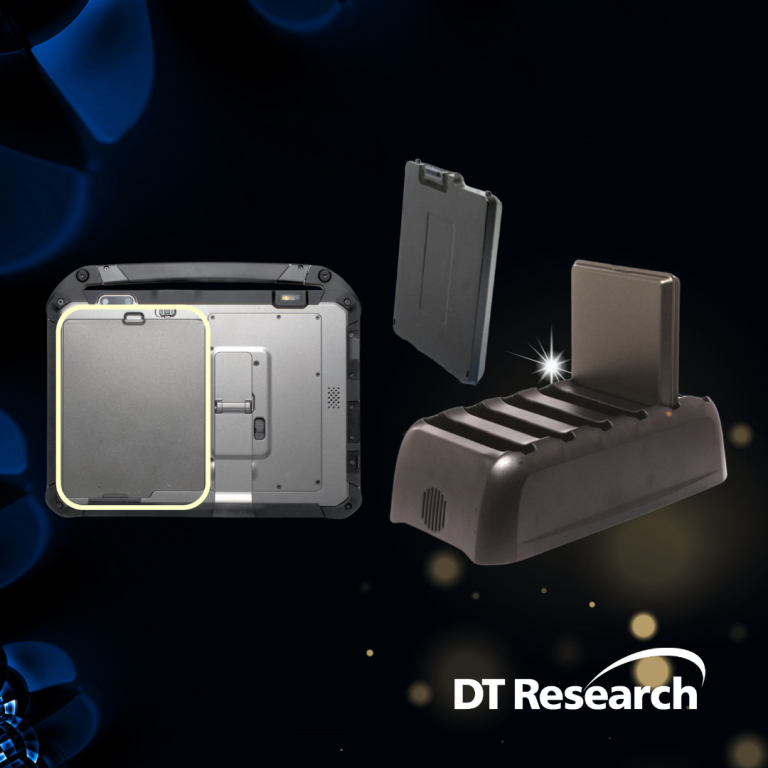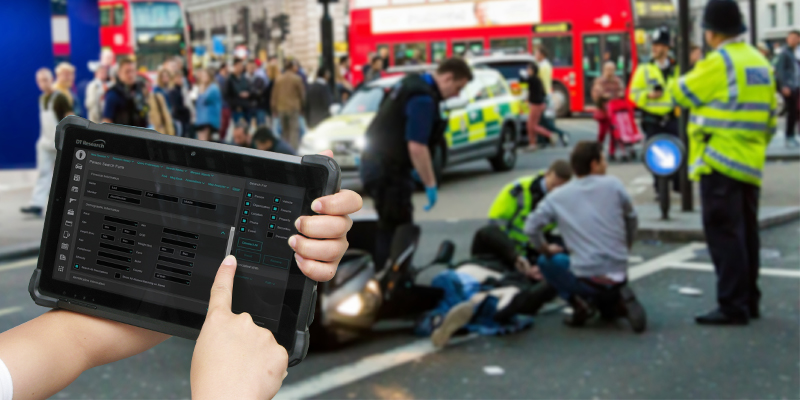Threats around the world are always present and constantly evolving. From intrusion to active-shooter risks security systems must evolve too. Modern weapons-detection and real-time alert systems are becoming necessary in event centers, schools, hospitals, large offices, and other public or private facilities. As technologies such as AI-based threat detection become more common, the role of rugged tablets as a secure, portable, and reliable interface is more important than ever.
Thus, rugged tablets aren’t just hardware; they’re mission-critical tools that help integrate, manage, and respond through security systems.
Why Modern Security Systems Demand More Than Traditional Detectors
Traditional security setups—metal detectors, static cameras, and manual bag checks—have long formed the backbone of physical security. However, such approaches have serious limitations:
- Metal detectors only catch metallic threats and can be bypassed if non-metallic weapons or improvised weapons are used.
- Surveillance cameras record events but rarely give real-time actionable intelligence. They require human operators to monitor footage and can often result in delayed responses.
- Manual security checks are labor-intensive, inconsistent, and prone to human error especially when large crowds or high throughput are involved.
However, rugged tablets integrated with weapon detection systems are used to detect at entry points with minimal disruptions. The system uses AI-driven video analytics showing a real-time video feed on rugged tablets (and marking possible weapons with a red box, triggering staff intervention).
Still, even advanced systems like that face real-world challenges. In some early deployments, non-threatening items, laptops, water bottles have triggered false alarms.
The experience underlines this truth: successful security depends not only on the detection hardware but also on a robust, flexible system to interpret data correctly and respond rapidly. That’s where rugged tablets make the difference.
How Rugged Tablets Strengthen Security Systems
Rugged tablets transform security solutions from static tools into dynamic, secure command interfaces. Here’s how:
Real-time alerting and situational awareness
Rugged tablets built to handle harsh environments, drops, weather, and constant use serve as the ideal interface for monitoring sensors, video analytics, and weapon-detection outputs. Instead of relying on stationary control rooms, security teams can carry a rugged tablet on patrol, at checkpoints or any strategic location, enabling immediate response when a threat is detected.
Secure data handling and encryption
Security systems handle sensitive data video feeds, threat logs, and user credentials. Rugged tablets are precision-engineered for secure data transmission and storage: encrypted communications, strong access management, and secure operating environments help safeguard sensitive information from interception or tampering.
Interoperability with other safety systems
Modern security is rarely standalone. A comprehensive safety architecture may include weapon detection scanners, access control, intrusion detection, emergency alert systems, and CCTV. Rugged tablets can unify these different streams, acting as a central hub that receives alerts, logs events, coordinates responses, and delivers critical communications (visual, audio, or data) in real time. This unified approach aligns with effective security frameworks such as intrusion detection and emergency communication systems.
Mobility and flexibility – anytime, anywhere deployment
Unlike fixed consoles, rugged tablets go where the people are. Whether it’s a hospital ward, a school front entrance, a stadium gate, or a corporate lobby, the portability of rugged tablets means security staff don’t need to rely on a cocktail of fixed cameras and detectors alone. This mobility becomes particularly valuable in dynamic environments: during an emergency, during crowded events, or in rotational patrol duties.
Rugged Tablets: A Forward-Looking Investment in Safety and Trust
As public and private institutions reevaluate safety protocols, particularly in areas like stadiums, event venues, schools, and healthcare facilities, they’re increasingly turning to AI-powered weapons detection, video analytics, and alerting systems. But the tools that deliver those solutions must be as robust, secure, and mobile as the environments they protect.
That’s why rugged tablets built to stringent standards and designed for real-world, continuous use aren’t a luxury; they’re a necessity. With secure data transmission, real-time alert capability, interoperability with other security layers, and ruggedized reliability, these reliable tablets transform security systems from static defenses into proactive guardians of people and spaces.
For any institution serious about safety, whether an event venue, a hospital looking to protect patients and staff, or a corporate campus seeking secure entry points, rugged tablets offer more than convenience. They offer peace of mind. They offer readiness. They offer an infrastructure that brings together technology and human judgment in real time.






